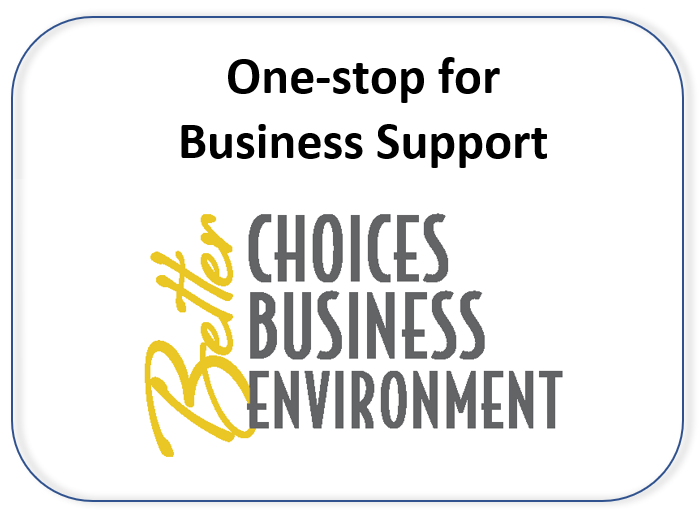Wood furniture
Wood furniture and related products are created from raw wood or wood products that require cutting, sanding, and other handling activities that generate wood dust. Wood dust is regulated as an air pollutant called "particulate matter" or PM. In addition, furniture and related products are often manufactured using paints and stains that generate volatile organic compounds (VOCs) and hazardous air pollutants (HAPs) when applied. Those solvent based materials may also result in hazardous waste generation. There are a range of environmental requirements that apply to wood furniture manufacturing operations.
Air pollution regulations
- Wood Furniture Coating RACT (AM-481)
- An Update on Wood Furniture MACT (AM-480)
- The Surface Coating of Wood Building Products NESHAP page has links to the EPA rule along with additional resources.
Facilities with VIC emissions may be required to maintain monthly, 12-month rolling average, or daily records. The following spreadsheets have example calculations for these requirements:
- Monthly VOC Emissions, 12-month Averaging (SB-306) [XLSX]
- Daily VOC Emissions, Monthly Average (SB-307) [XLSX]
Waste regulations
- Unused paints and related cleaning solvents are often considered hazardous waste. Before disposing of any unused paint or solvent, it is important to review whether the material is hazardous and then properly manage the waste going forward. Start with the SBEAP's hazardous waste page and learn more about hazardous waste management.
- If you clean up with wipes or rags, be sure to follow the latest procedures outlined in the DNR waste program fact sheet Management of Solvent-Contaminated Wipes (WA-1207).
- If you reuse solvents, there are important policy issues to understand:
- If you continue to reuse a solvent after the initial use: Hazardous Waste Program Policy on Continued Use (WA-1594)
Wastewater regulations
- Small industrial sources using paints and solvents should check with their local Wastewater Treatment plant or sewerage district about disposal of any industrial materials. They will have limits on what contaminants can be sent to the sewer. You may need to pretreat your wastewater discharge before sending it to the treatment plant. Review the requirements starting on the DNR wastewater page.
- Small industrial sources may also have to comply with a storm water discharge permit, or certify that they are not a source of exposure to storm water contamination. Review the storm water runoff permits page for more details.
| Additional resources |
|---|

